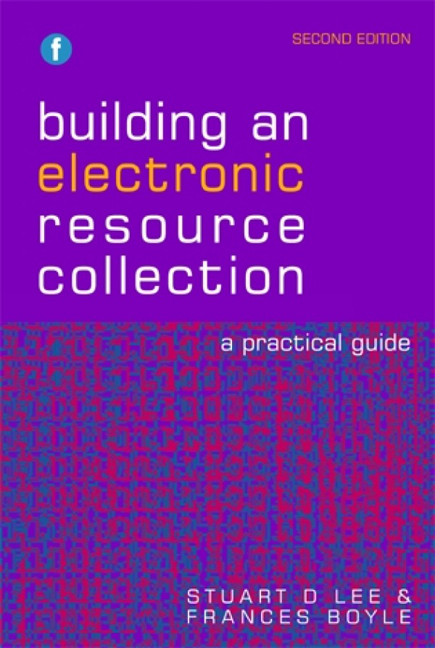4 - What to buy? Assessing and acquiring the electronic resource
Published online by Cambridge University Press: 08 June 2018
Summary
Introduction
So far we have been concentrating on introducing the beginner to the various electronic resources available for purchase. It is the contention of these authors that this is absolutely crucial. Without an awareness of the range of products, their particular nuances, and the overall problems that emerge when moving to acquiring digital material, the collection developer cannot be expected to make informed decisions when evaluating and purchasing these resources. It is now time, however, to turn more fully to the task of building up the digital collection itself.
The life cycle of digital collection development
In Chapter 1 we argued that building up a library of digital resources had many similarities to traditional collection development, though at the same time there were some notable differences. At that point we suggested the stages involved in collection development. It is now time to look at these in more detail with reference to digital resources. In Figure 4.1 the steps involved in acquiring a digital resource are outlined in full, up to the point where the invoice is paid (note that there are significant steps to be taken after this point which will be discussed in Chapter 5).
General comments
To begin with it is clear that there are two ‘paths’ or tracks apparent in Figure 4.1. The first represents traditional content development (i.e. print resources) and the second, more developed one, concentrates on the digital arena. Both can be seen to stem from the same collection development policy, and, as is increasingly the norm, from the same budget. Furthermore, central to both is a pool of expertise consisting of subject specialists, users, technical experts, and so on. These ‘stakeholders’, that is to say the people involved in the decision-making process, will be discussed in Chapter 5.
Formulating a collection development policy
It cannot be stressed enough that the collection development policy for digital materials must be part of the overall strategy in terms of acquisitions for your company or department (e.g. see the Arizona Public Libraries’ guides, www.dlapr.lib.az.us/cdt/slrer.htm, where this link is reinforced). This is the first step in Figure 4.1, from which the two paths branch. This is increasingly important now that the link between print and electronic (as with e-journals) has become more and more established.
- Type
- Chapter
- Information
- Building an Electronic Resource CollectionA practical guide, pp. 73 - 111Publisher: FacetPrint publication year: 2004



